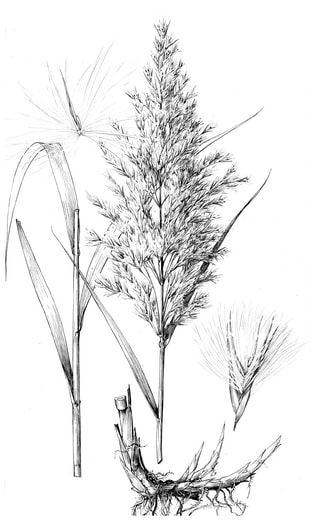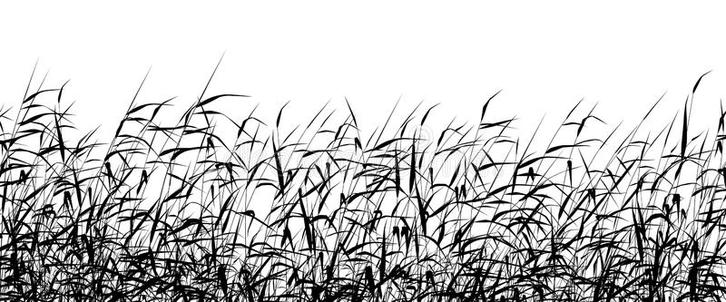|
Phragmites Control
|
While it is possible to control Phragmites with physical treatments such as mowing and flooding, it is rarely an effective option for large stands with existing trees or shrubs. Based upon our experience and research the most practical method of controlling Phragmites is through the application of herbicides approved for aquatic use by the U.S. Environmental Protection Agency. When used according to instructions, the broad spectrum aquatic herbicides are virtually nontoxic to mammals, birds, and fish.
Herbicides applied to the foliage of actively growing plants, are rapidly absorbed throughout the plant: leaves, stems, and rhizomes. Absorption is especially important in the control of Phragmites due to the rapidly expanding stolons, and rhizomes. Phragmites are most successfully treated while plants are actively growing and are in bloom. Plants are generally most susceptible from July through the first hard frost of winter. In large stands, aerial spray equipment (helicopter with spray boom) is the most cost effective. While, wetland edges lize ATV and truck mounted sprayers to get the best coverage possible, in wetland areas with mixed vegetation, a backpack sprayer may be the only option. Dead Phragmites cane should be left on site to prevent spread by seed during removal to adjoining areas. In heavily infested areas some regrowth may occur from unconnected rhizomes. In addition, seedling growth may occur. For best results, the some area should be sprayed in two successive years, then spot-treated in succeeding years to prevent reestablishment. |
|
Methods
|


